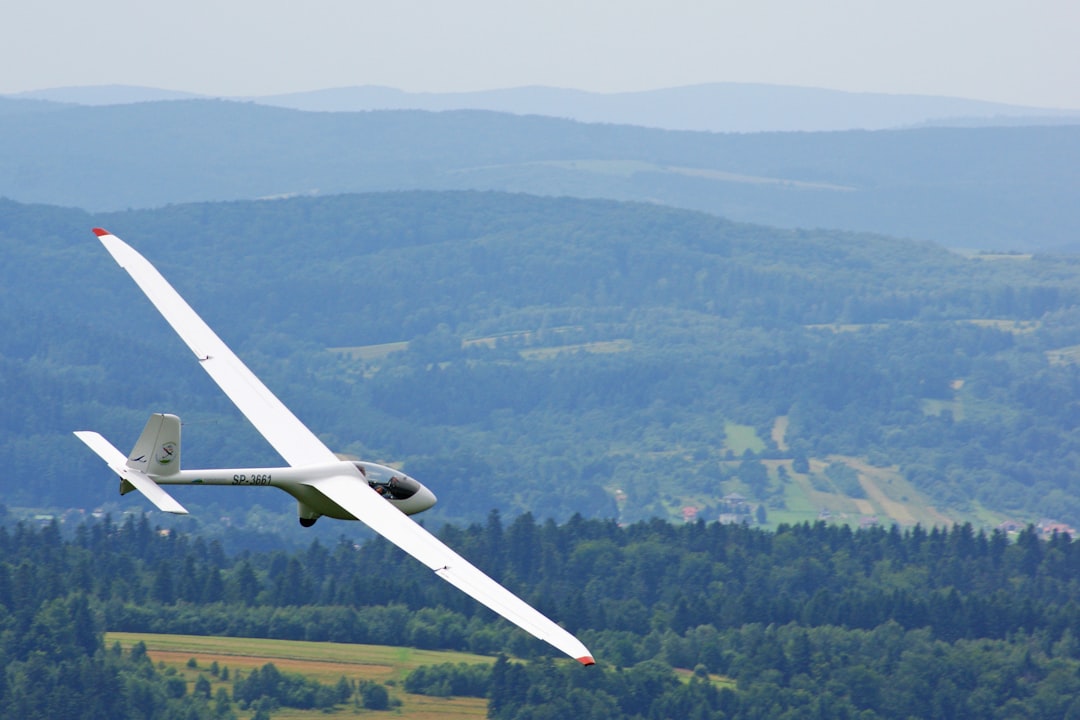What is it about?
This research paper presents a new strategy to improve public bike sharing systems by using crowd-sourcing. Bike sharing systems have become a popular mode of transportation in many cities, but they face a significant challenge: ensuring that bikes are available where and when people need them. This is known as the repositioning problem. The authors of this paper propose a solution that involves using historical rental data and a machine learning technique called the random forest algorithm to predict where bikes will be needed. They then use a mathematical approach called integer programming to calculate the optimal number of bikes that should be at each rental site at different times of the day. But the authors go a step further. Instead of relying on trucks to move bikes around, which is the common practice, they suggest using voluntary riders to reposition the bikes. This is where the crowd-sourcing comes in. The authors propose a system where riders can earn bonus points for helping to move bikes to where they are needed. This approach not only helps solve the repositioning problem, but also encourages more people to use the bike sharing system. The authors tested their strategy using real-world data and found that it could reduce unmet rental demands by more than 30% during rush hours compared to using trucks for repositioning. This suggests that their crowd-sourced repositioning strategy could significantly improve the efficiency and popularity of bike sharing systems.
Featured Image

Photo by Lucian Alexe on Unsplash
Why is it important?
This paper is important for several reasons. Firstly, it addresses a significant challenge in public bike sharing systems: the repositioning problem, which is ensuring that bikes are available where and when people need them. The authors propose a novel solution that combines machine learning and integer programming to predict demand and calculate the optimal number of bikes at each rental site. This is a unique approach that leverages data and advanced algorithms to improve the efficiency of bike sharing systems Secondly, the paper introduces a crowd-sourcing element to the repositioning problem. Instead of using trucks to move bikes around, which is the common practice, the authors suggest using voluntary riders to reposition the bikes. This is a timely and innovative solution that not only addresses the repositioning problem but also encourages more people to use the bike sharing system. It also has the potential to reduce the environmental impact of bike repositioning by reducing the use of trucks Thirdly, the authors tested their strategy using real-world data and found that it could reduce unmet rental demands by more than 30% during rush hours compared to using trucks for repositioning. This suggests that their crowd-sourced repositioning strategy could significantly improve the efficiency and popularity of bike sharing systems. This is a significant finding that could have a major impact on the operation of bike sharing systems and potentially transform the way they are managed In summary, this paper is important because it presents a unique, timely, and effective solution to a significant challenge in public bike sharing systems. The proposed strategy has the potential to improve the efficiency and popularity of these systems, encourage more people to use them, and reduce their environmental impact.
Perspectives
The author has studied bike sharing systems since 2008 and has observed how such a system grows and faces several challenges over the years. What's important is that most such systems only rely on trucks to do bike repositioning, but they do not realize how ineffective and hopeless such a way has been and will still be. This paper tries to point out the needs of new repositioning strategies and suggests hiring crowds would be a perfect solution to them. The paper provides a theoretical analysis of the "ideal inventory" for each rental station at a specific time period in the system, which provides a target inventory for the managers to achieve. The concept of hiring crowds is not new, but it is important to give specific, correct instructions on how many crowds to hire and what they should do when repositioning bikes. To this end, this paper is the first to provide a theoretical framework with scientific evidence supporting the proposed mechanisms.
Professor I-Lin Wang
National Cheng Kuing University
Read the Original
This page is a summary of: A crowdsourced dynamic repositioning strategy for public bike sharing systems, Numerical Algebra Control & Optimization, January 2022, American Institute of Mathematical Sciences (AIMS),
DOI: 10.3934/naco.2021049.
You can read the full text:
Contributors
The following have contributed to this page










